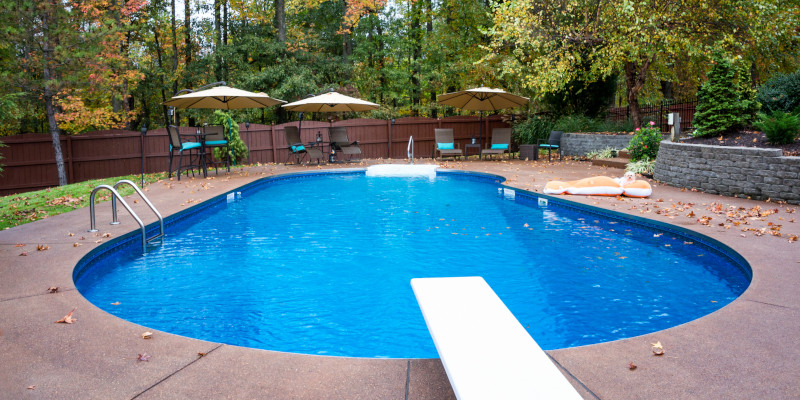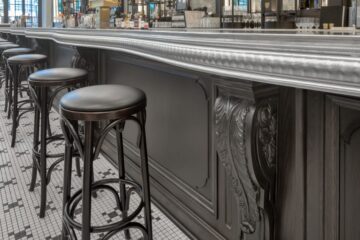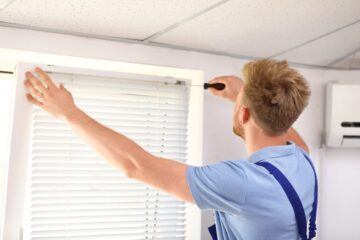What Type Of Inground Swimming Pools Are The Best?

Inground swimming pools can become a beautiful piece of landscape in your yard. They should be pleasing to look at and should be the right size for your yard. The average cost of installing an inground pool is around $35,000. However, there are also additional yearly costs for maintenance, utilities, and repairs, which can run an extra $2500. Having one of these inground pools built can increase your property taxes but may not increase the value of your home should you decide to sell it in the future.
There are three types of in-ground pools: vinyl, fiberglass, and concrete. The materials categorize what each one is constructed from. Vinyl pools are usually the most economical. Quality fiberglass pools fall somewhere in the middle for pricing. Concrete is the most expensive because of the materials needed and the amount of labor it takes to build them.
Vinyl pools seem to be the most popular. Their liners come in different varieties and each liner can last five to nine years. The most popular of these liners is the steel wall because of the material it is made from. Steel is structurally sound and can be cut or molded into any size or shape. The disadvantage of this liner is that it can corrode and oxidize. It is also not good if you live in an area with a lot of flooding or with soil that does not hold water. The cement wall liner is practically the same as the steel wall liner in that it, too, can be shaped and molded in various ways.
Fiberglass pools cause many problems because they come all in one piece. They are manufactured inside of a factory and then shipped to the customer’s house. If you purchase a fiberglass pool, you must first dig a hole big enough to fit the pool and then lift the entire thing into the ground. These pools cannot be customized into any size or shape. They can not be used as diving pools, nor can they be “T” or “L” shaped. This is because they have to be transported as one large piece of equipment. The fiberglass pools also come in only six colors. However, the advantage of these pools is that they can be installed quicker than the other two types and have little maintenance costs.
Concrete pools are sometimes called granite pools and are considered higher-end. Their interior finish can be either white or color. They can also have porcelain, glass, or ceramic tile bands around the entire pool. What makes these pools unique is that they are constructed with negative edges, perimeter overflows, benches, and bars. They also do not corrode or become oxidized. They get stronger as the years go on.
Each pool type has its pros and cons. How you want the finished product to look and how much you are willing to spend will determine precisely what kind of pool you end up getting. No matter which pool you choose, having an inground pool is having enjoyment for a lifetime.
Looking into installing a pool in your yard? Check out these Austin inground swimming pools.










